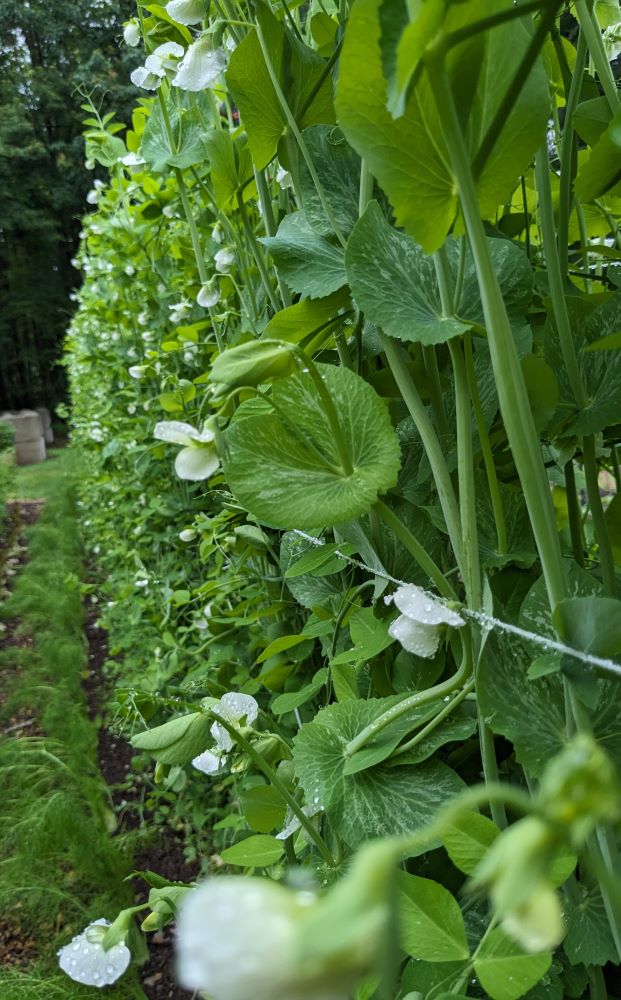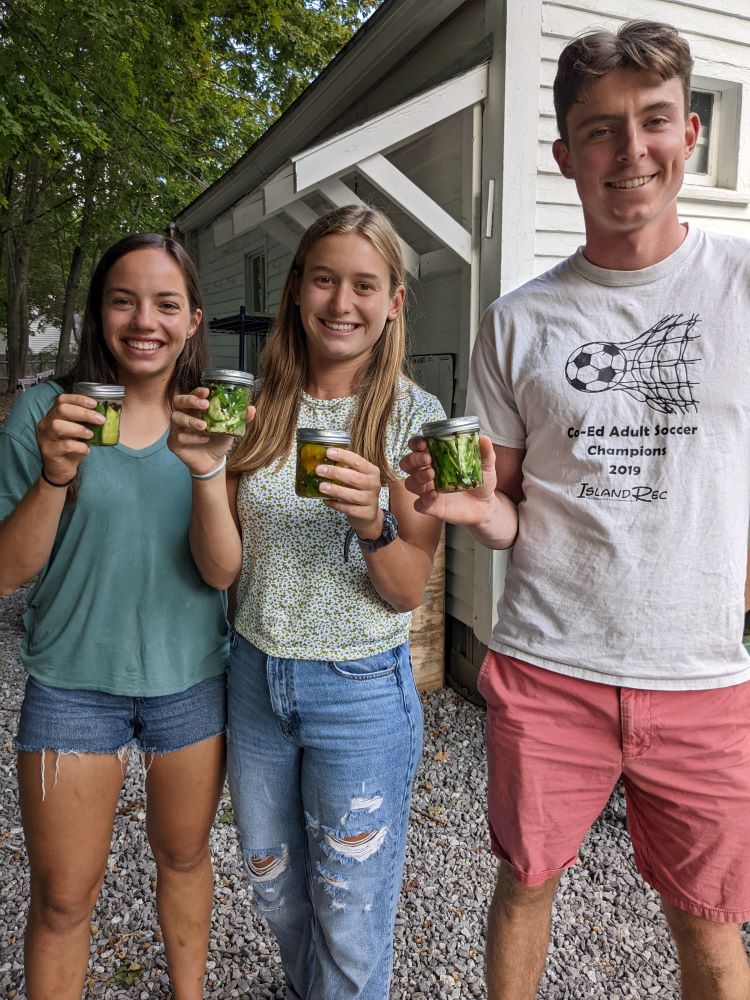Seasonal Calendar






February-Mid March: Maple trees on campus are tapped when nighttime temperatures are below freezing, and temperatures rise above during the day. This is when the sap flows! Maple season continues, tapering off as nighttime temperatures no longer dip low enough. Most maple seasons at Bowdoin net 10-15 gallons of syrup. Fun Fact: it takes 40 gallons of sap to make 1 gallon of syrup.
Mid-March- April: Days are getting longer and it’s time to start seedlings. Seed starting begins in earnest in the greenhouse in mid-March with onions, kale, peppers, lettuce, and microgreens and will continue throughout the season. Come April, it is time to start preparing beds for direct seeding. Cold tolerant crops like mustard greens, beets, and peas are seeded outside as more indoor seeding continues in the greenhouse.
May: The growing season kicks into high gear in May. There is a rush to get lots of crops in the ground now that soil temperatures should consistently be around 60 degrees. Salad greens, carrots, radishes, and flowers start to get planted outside. Many seedlings like peppers and tomatoes are potted up in the greenhouse and later season crops are started.
June: We continue seeding salad greens every week for a continuous supply. It is finally warm enough for the likes of peppers, eggplants, and tomatoes to be transplanted outside and by this time earlier season crops like kale and swiss chard are starting to produce in earnest. Storage carrots, beets, and beans are direct seeded and the need to control weeds becomes a top priority.
July: Harvest days increase to twice a week and bountiful deliveries head to Bowdoin Dining. Transplanting, direct seeding, and greenhouse seeding continue weekly. Fall brassicas are started indoors along with, lettuce heads and radicchio. Weekly walks help us keep on top of weed and pest pressure.
August: Harvesting, delivering, transplanting, and direct seeding of fall greens and root crops take center stage. Beds are amended with more compost before being re-planted with late season crops. Herbs, flowers, and peppers are harvested for drying.
September: Major harvests of tomatoes, winter squash, and root crops. Students visit the garden frequently for events and work hours. Cleared areas are cover cropped. Later in the month in is important to pay attention to nighttime temperatures as they start to dip lower!
October: Harvests of lettuce, kale, and roots continue until the end of the month, usually around Family Weekend. First frost is usually in the first 10 days of the month. Plants are removed and composted. Soils samples are taken from each plot and send to the University of Maine for testing. As late season beds empty, they are covered with a thick layer of compost and mulch.
November: Final clean up and organizing of the gardens and barn. Season recap data collected, analyzed, and presented. Evaluations performed. Planning for next season begins.
December-January: Seed order and planting schedule finalized. Seed order placed. We buy most of our seeds from Maine companies FEDCO and Johnny’s, with the remainder coming from other organic seed companies.